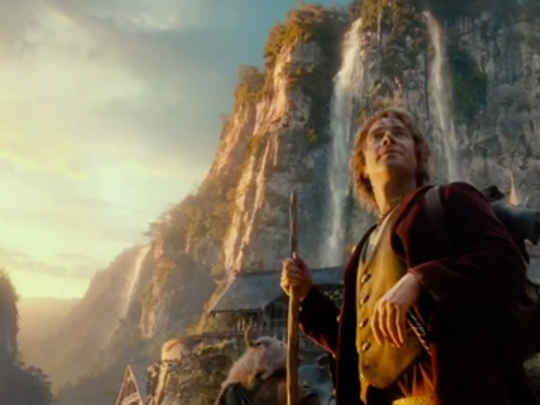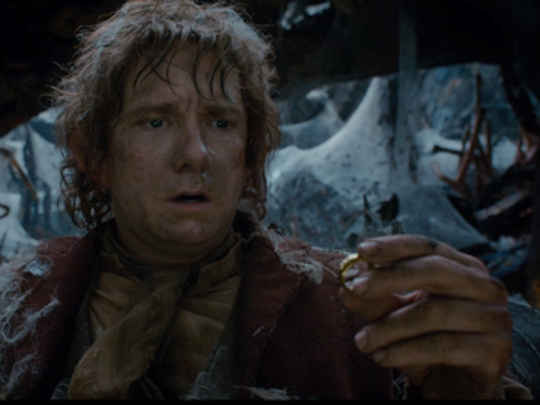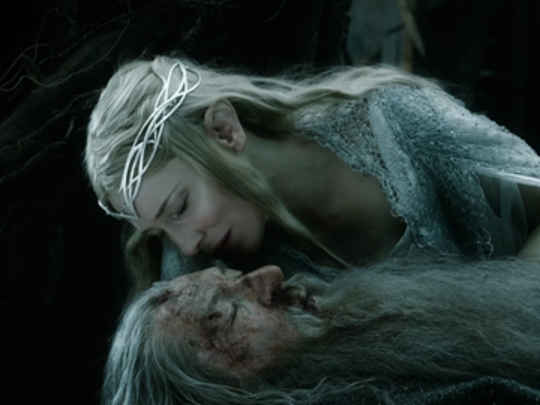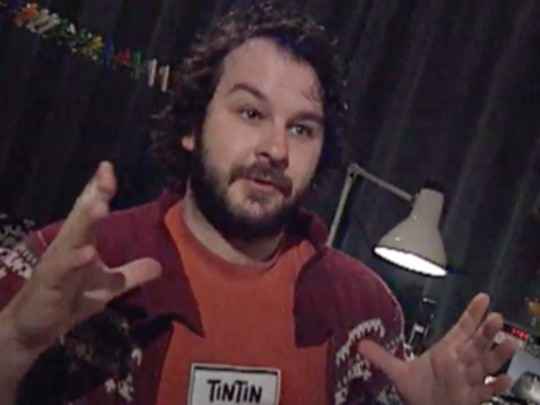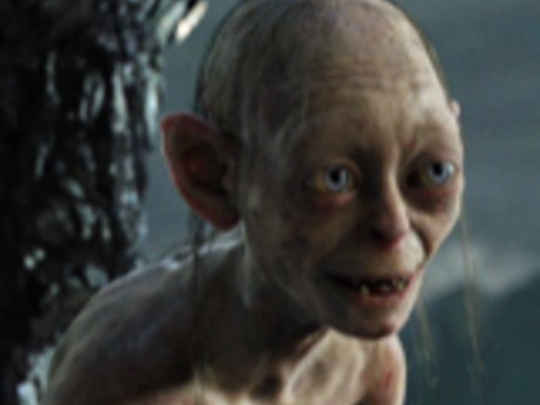Sandy Houston: dinosaurs, dalmatians and a cat called Koko...
Interview – 2017
The globetrotting Sandy Houston began her career in animation and visual effects after she left New Zealand for London. In the 90s she joined powerhouse American effects company ILM and Walt Disney Pictures, then Wētā Digital in 2003. En route, she worked on a number of landmark films in modern visual effects, including Oscar winners Jurassic Park and Avatar, and Peter Jackson's 2005 remake of King Kong.
In this ScreenTalk interview, Houston talks about:
- Working in London, California and back in hometown Wellington
- How animated rabbit tale Watership Down helped get her a job in San Francisco
- How plans changed for bringing the dinosaurs to life, on 1993's Jurassic Park
- New effects techniques being created on the run for Forrest Gump
- The powerful art of combining images, via rotoscoping
- Removing spots from dalmatian puppies, for movie 102 Dalmations
- The challenges of rotoscoping horsemen, when the green screen isn't big enough
- How her Siamese cat became a movie star on The Adventures of Tintin
- Women working in the visual effects industry
- Looking back at her time in visual effects
This video
was first uploaded on 30 June 2017, and
is available under
this Creative Commons licence.
This licence is limited to use of ScreenTalk interview footage only and does not apply to any video content and
photographs from films, television, music videos, web series and commercials used in the interview.
Camera and Editing – Jess Charlton
Jurassic Park was amazing becauase it changed as we went along . . . a lot of the dinosaurs were going to be animatronic, and then there was a little bunch of really talented animators who said 'you know, we can animate this'. So the director said 'OK, well do a test and show us'. And so they did.– Sandy Houston summarises a significant moment in the history of visual effects — the use of CGI to bring many of Jurassic Park's dinosaurs to life

